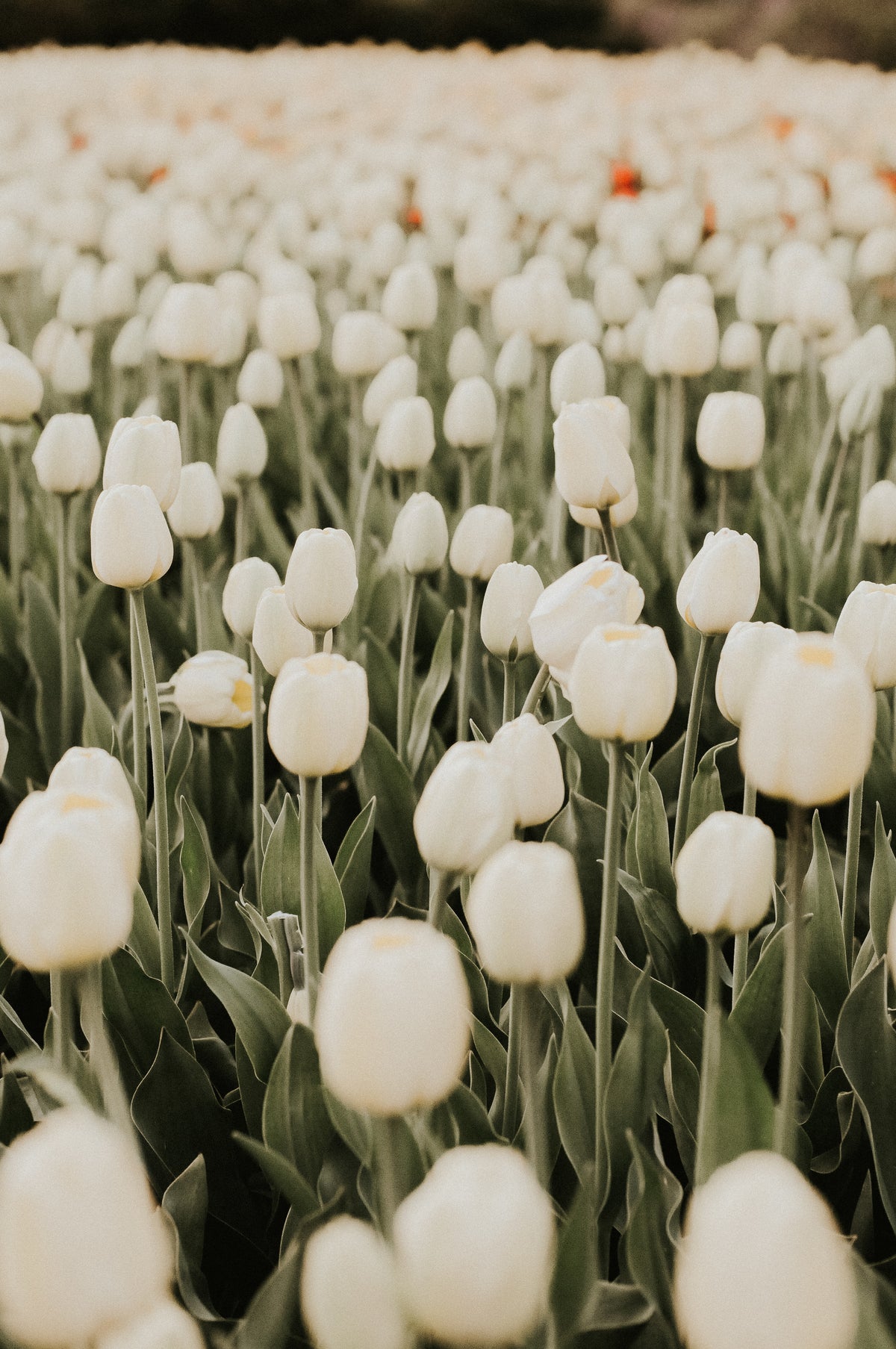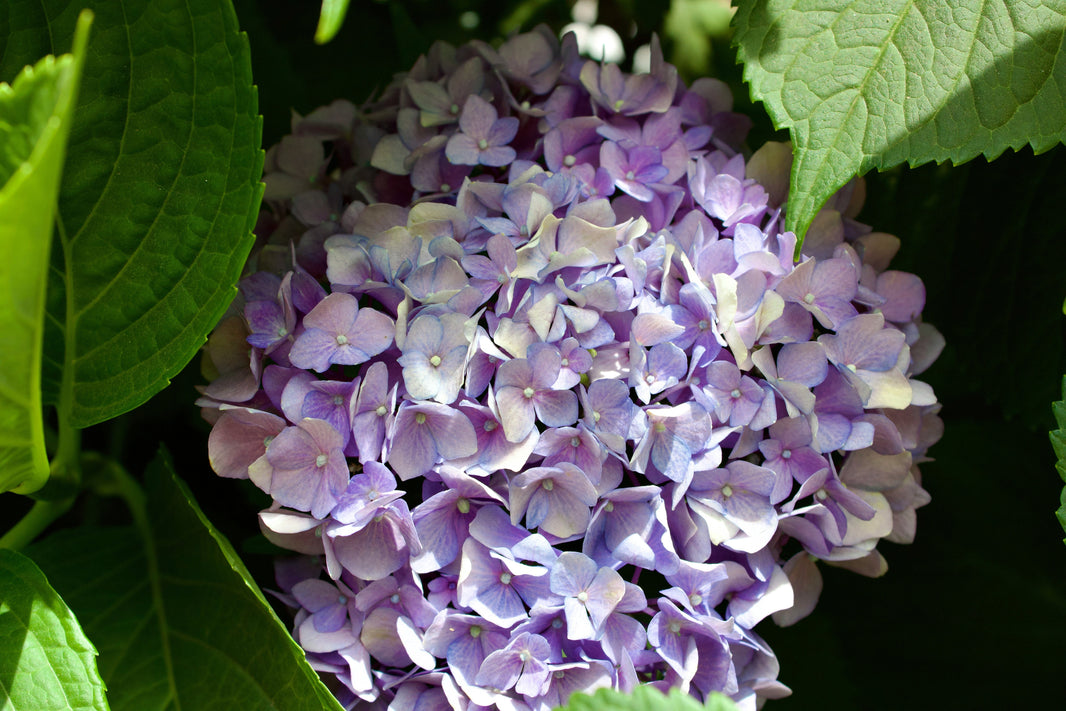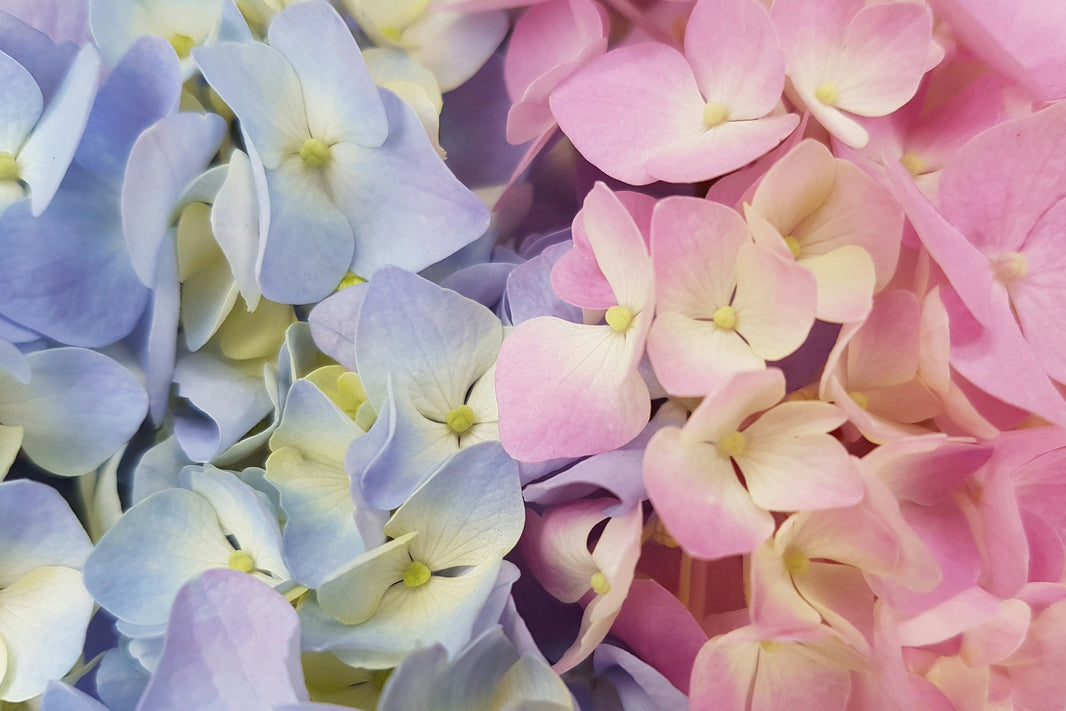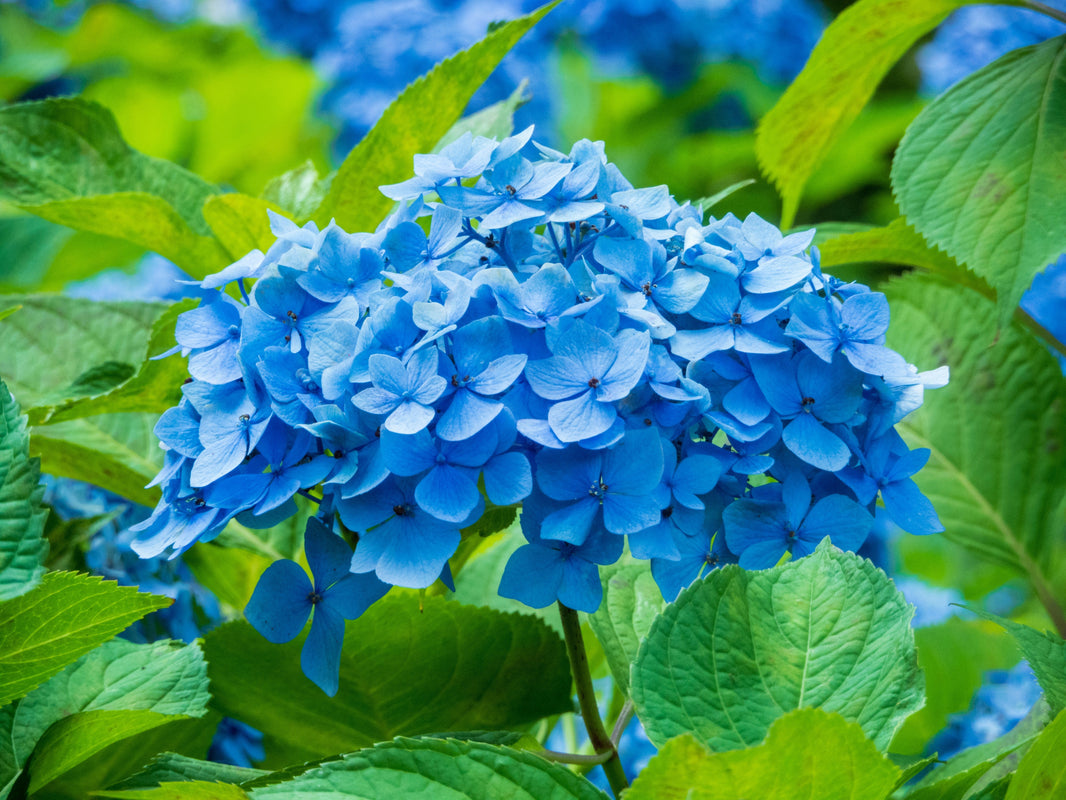When planning a wedding, one of the biggest—and most beautiful—expenses is the flowers. From the bridal bouquet to the centerpieces and ceremony installations, florals play a major role in setting the tone and style for your celebration. But with that beauty comes a price tag that can be surprisingly high. Many couples find themselves wondering: is it more affordable to DIY your wedding flowers?
The short answer? It depends. DIY wedding flowers can be an incredible way to save money and personalize your big day, but they also come with unique challenges. Understanding the real costs—both financial and time-related—is essential before diving into buckets of blooms and rolls of floral tape.
Budget-conscious couples often turn to DIY in search of flower cost savings. If you’re creative, organized, and have a little help from friends or family, going the DIY route could reduce your floral bill by hundreds or even thousands of dollars. However, it’s not just about the cost of stems—it’s about tools, storage, transportation, and time.
Hiring a professional florist, on the other hand, provides peace of mind, seamless execution, and years of experience. But it can also mean paying for labor, design, delivery, and sometimes high markups on blooms. The ease and reliability may be worth the added investment, depending on your priorities.
Before deciding, couples should ask themselves key questions: How comfortable are you working with flowers? Do you have time and space to prep arrangements the week of your wedding? Will you have help? These considerations can make or break your DIY experience.
Both options—DIY and professional florist—can create stunning wedding flowers. The difference is in what you value most: budget, convenience, creative control, or peace of mind. Comparing both sides clearly will help you make a confident decision.
In this blog post, we’ll break down the real costs, pros, and cons of each option, offer expert-level wedding budget tips, and show you how wholesale suppliers like WholesaleFlowers.net can help make DIY more manageable and rewarding.
Real Cost Comparison: DIY vs Hiring a Florist
One of the first steps in evaluating whether DIY is more affordable is comparing actual expenses. Many couples assume that hiring a florist is always more expensive, but the truth is more nuanced. Let’s break down the typical costs associated with both options to see how they stack up.
When hiring a professional florist, you’re paying not just for flowers but also for labor, design expertise, transportation, setup, and breakdown. These services are incredibly valuable—but they come at a price. On average, full-service florists charge $3000 to $6000 or more for a wedding, depending on scale and location.
A florist’s quote typically includes premium blooms, floral foam or structures, design time, and event-day labor. If your event involves multiple setups—like ceremony to reception transitions—those labor hours can add up. You’re also paying for their sourcing network, which ensures quality and availability.
DIY wedding flowers can cost dramatically less, especially if you purchase directly from a supplier like WholesaleFlowers.net. Most DIY couples spend between $500 and $2000, depending on the size of their wedding and the flowers chosen. The savings come from cutting out labor and paying wholesale rather than retail.
But DIY comes with its own set of expenses. You’ll need tools like floral snips, buckets, ribbon, tape, water tubes, and floral wire. These one-time purchases can add $100–$300 to your budget. You’ll also need a cool, dark space to store flowers safely before the event.
Shipping fees for wholesale flowers vary depending on the source and timing. Buying in-season and locally can save you even more, but it requires research. If anything arrives damaged or late, replacing it could offset some of your initial savings.
DIY also requires time and manpower. Expect to spend 10–20 hours sourcing, prepping, arranging, and transporting your flowers. You may need to enlist friends or bridal party members, and that can add to stress or logistics during wedding week.
In summary, DIY typically offers significant flower cost savings on paper. But those savings need to be weighed against your time, comfort with flower arranging, and access to supplies and help. For hands-on couples, the cost difference can be well worth it.
The Pros of DIY Wedding Flowers
For creative couples, DIY wedding flowers offer more than just cost savings—they can be a rewarding and personalized part of the wedding experience. From complete creative control to bonding opportunities with loved ones, the benefits go far beyond budget.
One of the biggest advantages is flexibility. When you go the DIY route, you choose your flowers, your style, and your timeline. You’re not limited by a florist’s calendar, minimum orders, or design preferences. You get to bring your own floral vision to life.
DIY also provides creative freedom. Whether you’re designing with a minimalist approach or building dramatic centerpieces, you have total control over color palettes, textures, and vase selections. You’re free to experiment, tweak, and adjust as you go.
Cost savings is the most obvious perk. As we mentioned earlier, couples can often cut floral costs by 50–70% when they arrange flowers themselves. This frees up budget for other areas like photography, attire, or honeymoon expenses.
For many, DIY becomes a bonding activity. Flower prep parties with bridesmaids, family, or close friends turn into a meaningful part of the wedding journey. It’s a hands-on way to create memories together while working toward a shared goal.
Another benefit is customization. You can include sentimental flowers—perhaps ones that remind you of a loved one or that grew in your grandmother’s garden. That personal touch might not be possible with a traditional florist.
DIYing also builds confidence and pride. On your wedding day, there’s something magical about seeing your own work displayed around you—knowing that you arranged the bouquet you carried or the centerpiece your guests are admiring.
Timing is another advantage. Florists usually prep arrangements well in advance and freeze their designs. DIY allows you to create and refresh your flowers closer to the event, which can help maintain freshness and adjust as needed.
For those planning destination weddings or backyard events, DIY flowers may be the most convenient option. You can transport and assemble arrangements on-site, avoiding costly delivery or setup fees charged by professionals.
Finally, DIYing flowers teaches you new skills that can be used long after the wedding. You’ll learn about flower types, conditioning, design balance, and how to make beautiful arrangements for parties, holidays, or gifts.
DIY wedding flowers are more than just a task—they’re an experience. For the right couple, the pros make the effort truly worthwhile and memorable.
The Cons of DIY Wedding Flowers
While the benefits of DIY wedding flowers are appealing, it’s important to weigh the challenges. Taking on this responsibility adds extra tasks during one of the busiest times of your life, and the experience isn’t right for everyone.
The most obvious downside is time. DIY flowers demand serious commitment. You’ll need to plan, order, receive, condition, design, and transport all your floral pieces—usually within two to three days of the wedding. This can add significant pressure.
Logistics are complex. You’ll need enough clean, cool storage space to keep flowers fresh. This often means finding access to a refrigerator, basement, or air-conditioned room—something many venues and homes don’t have readily available.
Physical labor is also required. Buckets are heavy, water spills, stems need trimming, and standing for long hours becomes tiring. If you’re not used to manual work, floral prep can be surprisingly exhausting—especially right before your wedding.
The learning curve is real. Watching a few YouTube tutorials isn’t always enough. Arranging flowers takes practice, and without experience, your designs may not match your vision. Mistakes can lead to frustration or last-minute fixes.
Flowers are perishable. One mistake—like leaving blooms in direct sunlight or skipping proper hydration—can wilt entire batches. The unpredictability of shipping delays or weather damage can also be nerve-wracking without a professional backup plan.
You’ll likely need help. Arranging dozens of bouquets, boutonnieres, and centerpieces is a multi-person job. Coordinating helpers and delegating tasks takes leadership and time that could otherwise be spent enjoying your pre-wedding celebrations.
Stress is a major concern. With DIY flowers, you’re adding another layer of responsibility during an already intense week. For some couples, the thought of managing florals detracts from the excitement and increases anxiety.
Design quality may vary. Without professional experience, achieving consistency between arrangements can be tough. The result might look less polished, especially in photos. If uniformity and visual perfection matter to you, this could be a drawback.
You may not actually save as much as you hoped. If you underestimate flower counts, forget essential tools, or need to reorder last-minute, DIY costs can rise unexpectedly. This is why careful planning is crucial.
Lastly, DIY is not for perfectionists on tight timelines. If you know you’ll obsess over every detail or won’t have time to manage logistics calmly, it might be better to hire a florist and focus your energy elsewhere.
Tools and Supplies You’ll Need for DIY Success
Executing DIY wedding flowers requires more than just purchasing blooms. Having the right tools and supplies on hand is critical to pulling everything together smoothly and professionally. Preparation here will significantly improve your experience and your results.
Floral shears or snips are a must. Regular scissors won’t cut it—literally. Invest in a pair of sharp floral snips designed for clean cuts on thick stems and woody greenery. Dull tools damage flowers and shorten their lifespan.
Buckets and vases are your next big need. You’ll need large, clean buckets (at least 5 gallons) for conditioning and hydrating flowers after delivery. Estimate one bucket for every two to three flower bunches to avoid overcrowding and bruising petals.
Floral tape and wire are essential for creating bouquets, boutonnieres, corsages, and securing stems in foam or chicken wire. Floral tape helps bind stems without slipping, while wire provides structure for more delicate pieces.
Floral foam or chicken wire will help you anchor centerpieces and large arrangements. Floral foam holds water and secures stems, but for eco-conscious weddings, chicken wire in vases or flower frogs are reusable and more sustainable alternatives.
Ribbon, twine, or wrap material finishes off your bouquets and corsages. Choose materials that match your wedding theme. Use corsage pins or rubber bands as temporary binders to hold arrangements together before final wrapping.
A floral water mister or spray bottle is useful for keeping petals hydrated during the design process. You’ll also want paper towels or cloths to clean up water spills and keep your workspace organized and manageable.
Cool storage is critical. Hydrated flowers need to be stored at 35–45°F if possible. A floral cooler is ideal, but a clean refrigerator or cool basement can suffice. Avoid storing flowers near fruits, as some produce releases ethylene gas that causes blooms to deteriorate.
You may also need floral glue for attaching blooms to tricky surfaces or to secure petals on boutonnieres. A low-temp glue gun works for fast assembly of more rigid elements like backdrops or signage installations.
Finally, transportation materials are key. Secure bins, crates, or cardboard boxes lined with towels will help you safely deliver arrangements to your venue. Designate a transport team and timeline so nothing gets left behind on the big day.
By preparing your tool kit in advance, you’ll reduce stress, minimize waste, and ensure your DIY flowers turn out as stunning as you imagined.
Choosing Flowers That Work Best for DIY
Not all flowers are created equal when it comes to DIY wedding arrangements. Some are more durable, easier to handle, and more forgiving for first-time designers. Choosing the right blooms is a major part of ensuring your flower cost savings actually hold up.
Hydrangeas are one of the top picks for DIYers. They offer tremendous volume per stem and fill arrangements beautifully with fewer pieces. They hydrate well, last for days, and are available in soft, romantic colors.
Carnations are incredibly underrated. Their ruffled texture mimics expensive blooms like peonies or garden roses, but they’re far more affordable and long-lasting. Available in nearly every shade, they’re easy to work with and hard to damage.
Standard roses are a classic DIY flower. They’re sturdy, timeless, and widely available in bulk. If you hydrate them properly and remove excess thorns, they’re easy to arrange into elegant bouquets and centerpieces.
Baby’s breath is a favorite for both filler and feature flower roles. Its cloud-like texture softens arrangements and works well in garlands, aisle markers, and delicate hairpieces. It lasts well and dries beautifully if needed.
Chrysanthemums and alstroemeria offer strong stems, bright colors, and long vase life. These blooms are often sold in mixed bunches and are perfect for table arrangements, altar sprays, or simple bouquets.
Greenery is essential for any floral arrangement. Eucalyptus, ruscus, leatherleaf fern, and Italian pittosporum add texture, bulk, and freshness without overwhelming your design. Greenery also helps stretch your flower supply farther.
Avoid fragile or high-maintenance blooms unless you’re confident in your skills and storage situation. Delicate flowers like anemones, sweet peas, or gardenias can wilt quickly and bruise easily. Orchids and calla lilies are striking but better left to professionals.
Consider dried or preserved blooms as part of your DIY approach. These require less prep and storage and can be arranged days in advance. Mix dried elements with fresh florals for an on-trend, low-stress combination.
Choosing in-season flowers always improves affordability and freshness. Local blooms are typically less expensive, and they arrive looking better and last longer than imported options.
When sourcing your DIY blooms, using a reputable supplier like WholesaleFlowers.net ensures you get quality flowers shipped at the right time. Their extensive collection and consistent quality make DIY floral planning simpler and more successful.
Creating a Floral Timeline for DIY Prep
Proper timing is crucial for executing DIY wedding flowers successfully. Without a florist managing delivery, hydration, and setup, you’ll need a clear floral timeline to ensure your flowers are fresh, your designs are ready, and your event goes off without a hitch.
Start with your delivery date. Most DIY couples receive flowers 2–3 days before the wedding. This allows time for stems to hydrate, open up slightly, and recover from shipping. Choose a delivery window that ensures you’ll be available to receive and process them promptly.
Once flowers arrive, the first priority is conditioning. Unbox them carefully, trim the stems at an angle, and place them in buckets of clean, cool water. Remove excess foliage to prevent rot, and keep buckets in a shaded, air-conditioned space away from direct sunlight or fruit.
Day two should be dedicated to designing large pieces: centerpieces, altar arrangements, or floral installations. These can be made ahead of time and stored in water or wet foam, depending on the arrangement style. Be sure they’re secure and hydrated at all times.
Later that same day or early on day three, assemble bridal party flowers—bouquets, boutonnieres, and corsages. These are more delicate and should be made closer to the wedding. Store bouquets upright in water and keep boutonnieres refrigerated in labeled containers with damp paper towels.
Transport planning is essential. Arrange to load and move flowers at least a few hours before your ceremony start time. Delegate this task to a friend or family member so you’re not handling logistics while getting ready.
The morning of the wedding, do a final check. Touch up any wilting petals, re-trim stems, and refresh water levels. Lightly mist arrangements that have been out overnight, and inspect for any fallen blooms or gaps that need adjusting.
Make sure your floral timeline aligns with your overall wedding timeline. Communicate floral delivery times, setup slots, and repurposing plans with your planner or venue coordinator to avoid surprises.
If you’re repurposing flowers (such as ceremony pieces for the reception), assign someone to handle the move and refresh any arrangements between events. It helps to leave extra stems in water so replacements are available if needed.
Planning your floral timeline in detail minimizes stress and keeps your DIY project on track. With a well-paced schedule and a little help, your flowers will look fresh and fabulous when it matters most.
When It’s Better to Hire a Florist
DIY wedding flowers are appealing for many reasons, but they aren’t for everyone. For some couples, hiring a professional florist is the best decision—especially when certain circumstances or wedding details make DIY risky or stressful.
Large guest lists and elaborate venues often require complex floral setups. If you’re decorating a ballroom, outdoor pavilion, or sprawling vineyard, the volume of flowers and installation logistics may be too much to manage without a team.
Destination weddings add another layer of difficulty. Transporting buckets, flowers, tools, and supplies to a remote location—especially if flying—is often more expensive and cumbersome than hiring a florist familiar with the area.
Tight schedules and limited prep time are other signs that DIY may not be the best fit. If your wedding weekend is packed with travel, rehearsals, or events, squeezing in 15–20 hours of floral work could be overwhelming and unrealistic.
Couples with high aesthetic expectations or intricate designs should strongly consider a florist. Achieving perfect symmetry, color blending, and style cohesion takes years of experience. If you’re aiming for Pinterest-perfect photos, a pro may be your best bet.
Hiring a florist also ensures peace of mind. You won’t be worried about petals wilting or centerpiece logistics while getting dressed. The reduced stress and emotional bandwidth gained from outsourcing florals can be well worth the financial investment.
Complex floral elements like suspended arrangements, floral chandeliers, or ceremony arches often require advanced mechanics and safety precautions. A florist’s insurance and expertise protect you from liability and ensure quality execution.
If your wedding occurs during extreme weather—summer heat, winter snow, or unpredictable rain—having a florist who knows how to keep flowers fresh in tough conditions is a valuable asset.
Florists also offer backup solutions. If flowers arrive damaged or wilt faster than expected, a professional can adapt on the fly. With DIY, you may not have extra stems or time to make fixes on short notice.
Finally, if floral design simply doesn’t excite or interest you, that’s reason enough to hire help. Flowers are meant to bring joy to your celebration—not stress in the days leading up to it.
Ultimately, a florist is a great choice for couples who want worry-free, expertly designed florals that arrive ready to wow. For many, the peace of mind is worth every penny.
DIY wedding flowers can be a fulfilling, cost-saving option for couples who want to take a hands-on approach to their floral design. But while the financial savings can be significant, they come with time, effort, and planning that should not be underestimated.
For those who love crafting, have flexible schedules, and value creative control, DIY arrangements offer a unique opportunity to personalize the wedding experience. The process can be fun, meaningful, and incredibly rewarding when well executed.
However, DIY isn’t the right fit for everyone. If your wedding is large, complex, or involves travel, the convenience and expertise of a professional florist may outweigh the potential savings. Each couple must weigh their priorities and comfort levels when deciding between the two paths.
Fortunately, the rise of reputable online suppliers like WholesaleFlowers.net has made it easier than ever to source high-quality blooms for do-it-yourself projects. Their extensive inventory, bulk pricing, and reliability make them an ideal partner for DIY couples looking to maximize their flower cost savings.
If you’re ready to explore the world of DIY wedding florals, click here to browse their complete wholesale flower collection. From classic roses to hardy greenery and seasonal stems, they have everything you need to start building your vision.
In the end, whether you choose the DIY route or hire a florist, the goal remains the same: to surround your celebration with beauty and meaning. With the right planning and mindset, either path can lead to unforgettable wedding flowers that reflect your love story perfectly.
Let your budget, your personality, and your timeline guide your choice—and trust that your flowers will bloom beautifully, no matter who arranges them.






